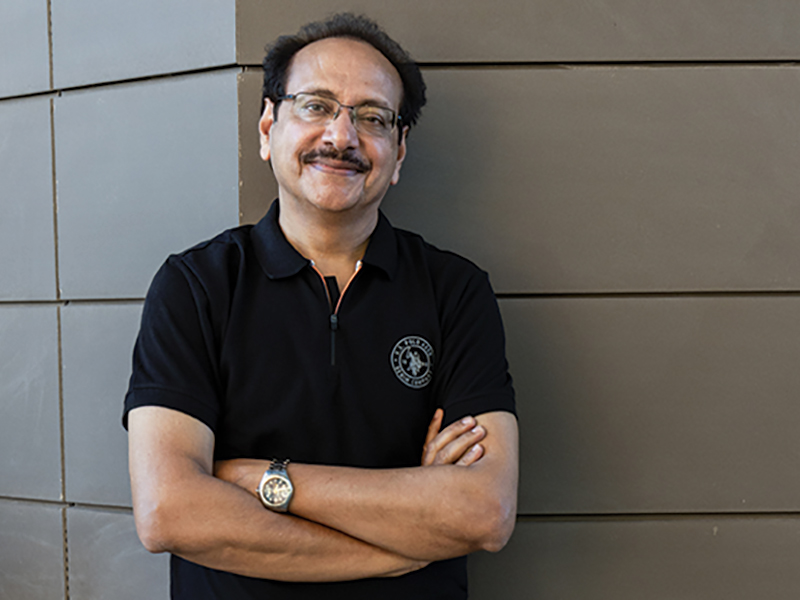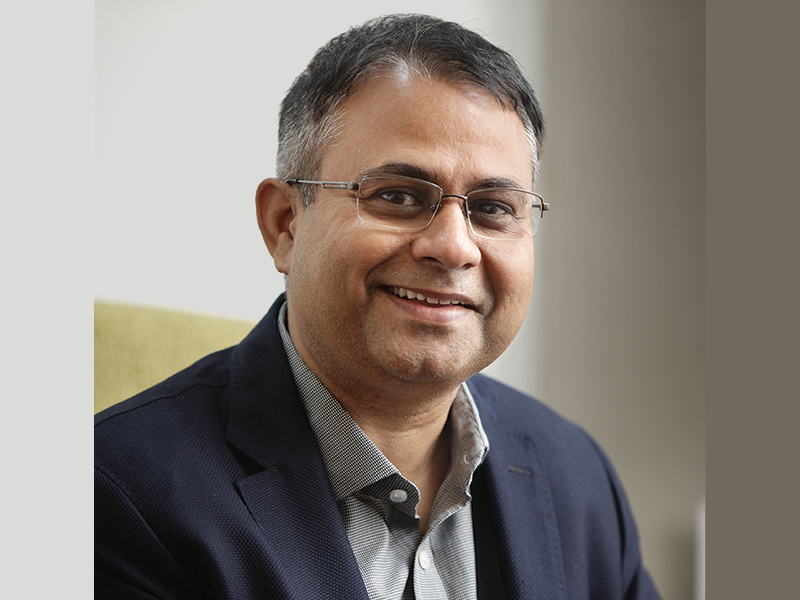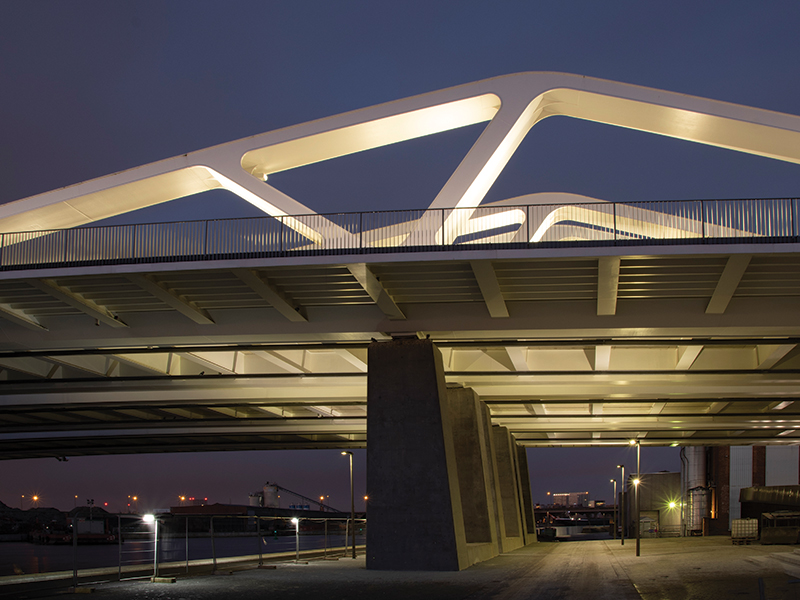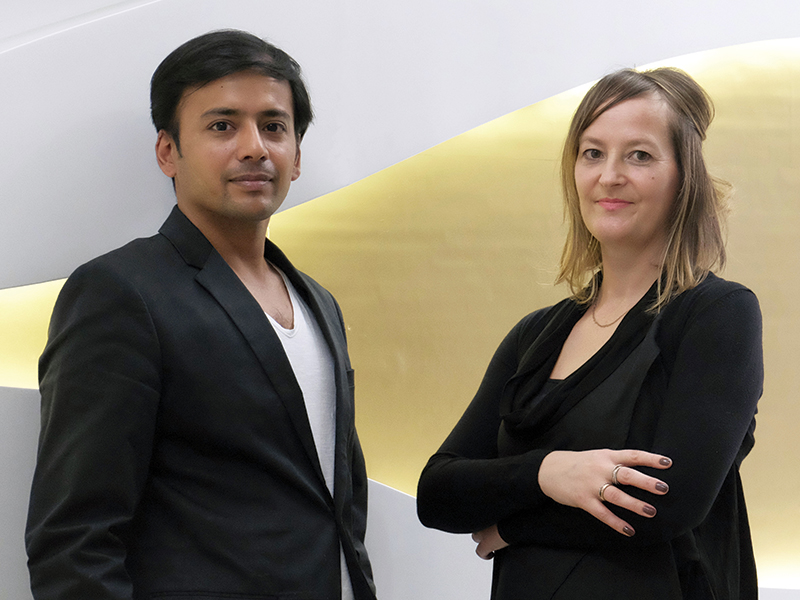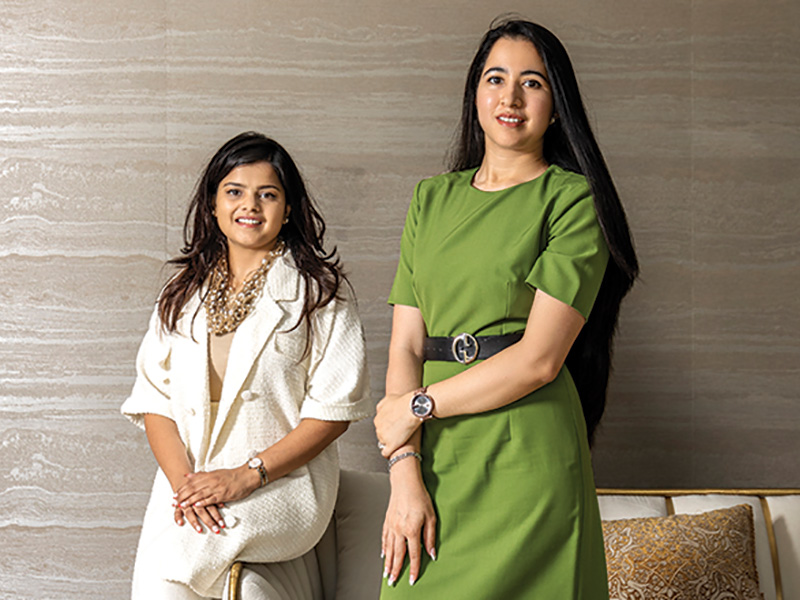
As employees slowly shift from WFH models to hybrid schedules, most workspaces are working towards providing home-like comfort within the office premises. This can be addressed through microclimate creation, increased levels of hygiene, and addition of reconfigurable furniture. Hygiene can be ensured by reducing contact surfaces, increasing well-ventilated areas that have a high air-exchange rate, and optimizing natural daylight along with building orientation.
Introducing shaded spaces and water features that facilitate evaporative cooling can help in creating a conducive microclimate within the premises. We must entirely let go of doors within restroom/toilet clusters and this can be achieved by carefully obscuring the entrances through design features. Even water filling stations would need to be re-conceptualised and adapted for a touchless environment.
Additionally, employing highly sanitizable materials with antibacterial properties will be beneficial, like linoleum instead of traditional carpets and rugs. Mobile sanitization stations, infrared temperature cameras, contactless lifts will also become pre-requisites within a built environment, thereby ensuring a resilient environment that can confront any upcoming pandemic-like situation. Workspaces must incorporate biophilia in order to increase productivity and well-being of the occupants. Flexibility in the workplace can be brought about through reconfigurable furniture.
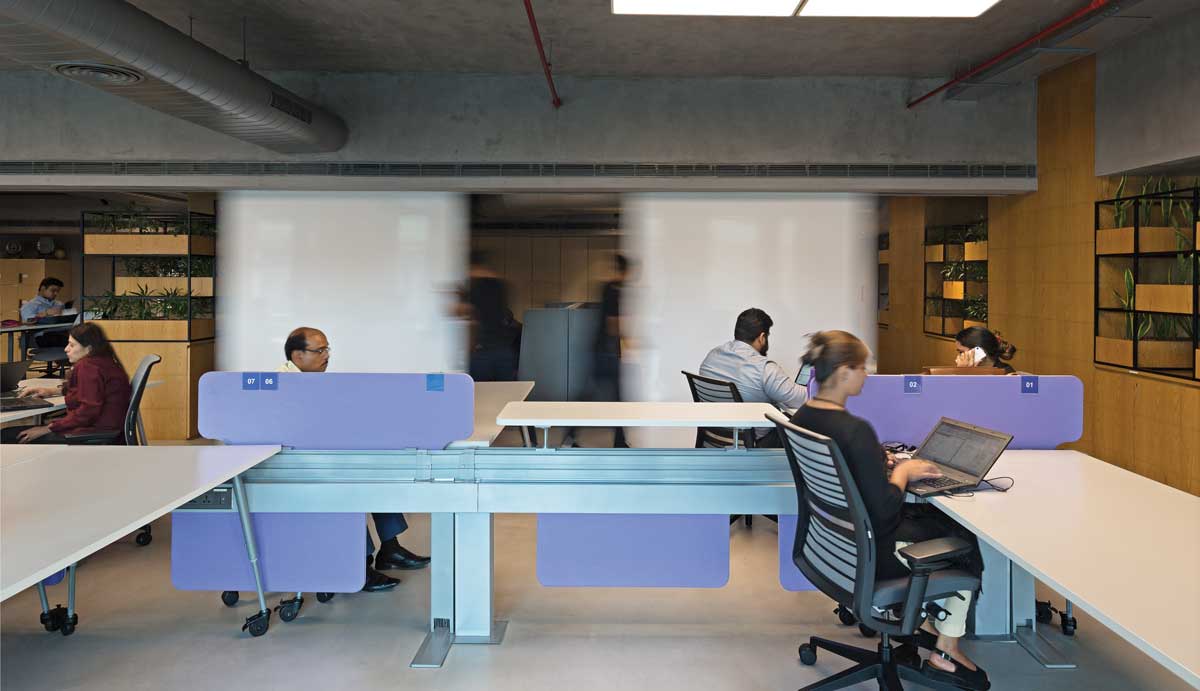
As architects and designers, we need to focus on two primary concepts: user centric design and sustainability.
Our built environment needs to be designed such that it maximizes the comfort of the end-user. User centric design is a tool that helps establish a relationship between the built form and the occupant, while generating an emotional response within him/her through interactions with the space.
In addition, by employing passive design solutions, sustainable and contextual architecture strategies, we’ll be able to easily maintain thermal comfort inside a building. Such measures can significantly reduce our dependency on mechanical heating and cooling systems. While studying traditional Indian architecture, we realise that buildings relied on natural light, ample amount of ventilation through breathable ‘jaalis,’ shaded courtyards, and optimized building orientation to create conducive micro-climates. Hence, we must take inspiration from vernacular techniques to reduce heat gain and add comfort within built spaces.
There is an urgent need to mitigate the urban heat island effect through innovative designs and sustainable strategies.
Migration from rural to urban areas that has been growing since the past few decades has led to the urban heat island effect, where an urban area tends to grow significantly warmer than the neighbouring rural areas due to human activities. Hence, there is an urgent need to investigate alternative solutions to establish resilient, and robust, architectural projects. Built spaces need to be more pliable and must introduce passive design strategies, along with other innovative proposals, and solutions that are sustainable and environmentally conscious.
A three-pronged approach to make projects sustainable include a focus on achieving a low carbon footprint and compensating for the energy and water that we consume. Secondly, we should ensure that our waste is either reduced, recycled, or reused. Ideally no part of it should end up in the landfills. Lastly, through socio-cultural sustainability we must strive to include the local communities and economies within our idea of growth.
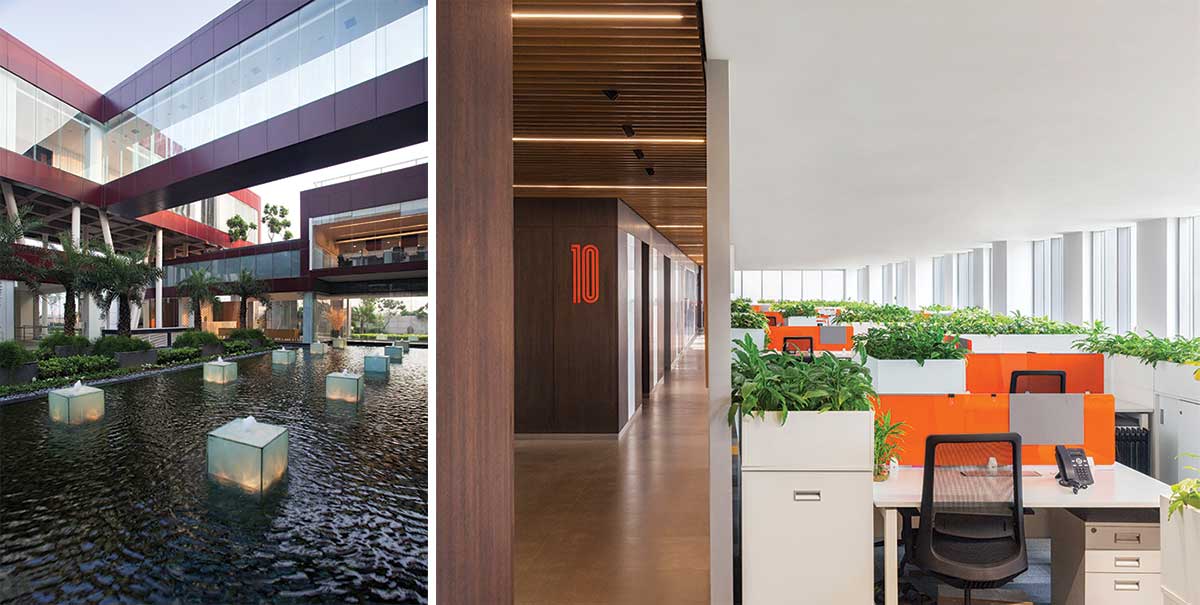
We must use materials that have a relatively lower carbon footprint.
Natural, locally sourced, and unprocessed materials reduce transportation costs, dependency on fossil fuels, manufacturing costs, energy consumption, and even minimize pollution. The construction industry has already been using these materials over the last decade due to their low maintenance and embodied energy.
Though reclaiming and recycling materials is important, technological advancement has now allowed us to upcycle and create newer materials by utilizing old, discarded objects. For instance, reclaimed wood, recycled metal, PET, and jute are used across furniture, flooring, and furnishing within homes. Further, employing materials that are locally sourced and produced will allow communities to continue practicing their craft and provide them with an opportunity to sustain themselves.
